We live in a world where people and businesses rely highly on software applications to accomplish various tasks. Every industry vertical leverages various software applications to automate their manual tasks, from education and healthcare to government and military. As a result, the software development industry is booming at a high rate.
A galore of programming languages are available that software developers use to build high-quality software products. Among all, Python is one of the most popular and widespread programming languages.
Python is the most preferred programming language among software developers because of its ease of use. Also, it is easier to learn Python than other popular programming languages, such as C++ and Java. The best thing about Python is its syntax, which uses simple English keywords. Also, Python offers many libraries and frameworks that facilitate the development process.
With Python, you can develop various applications, including desktop applications, web applications, games, audio and visual applications, etc. Besides, Python also has applications in artificial intelligence, machine learning, and data science. Therefore, we can say that Python is a versatile language.
This blog post will cover some top applications of the Python programming language. Also, we shall have a brief overview of Python.
So, let us start our discussion!
What is Python?
Python is an open-source, general-purpose programming language for creating web and desktop applications, automating tasks, and data analysis and visualization. It focuses on improving code readability using indentation and is easy to learn for beginners. Therefore, the versatility and beginner-friendliness of Python make it more popular among developers and data scientists.
This programming language follows multiple programming paradigms, including object-oriented, procedural, functional, and structured. It is a dynamically-typed language, meaning there is no need to define the data type of variables. Also, it is often referred to as a ‘batteries included’ language because of its comprehensive library.
Top 10 Applications of Python
Since Python is a versatile language, we can use it for developing multifarious applications. Also, it is one of the most preferred programming languages for data analysis and visualization. Some well-known applications developed using Python include Facebook, Dropbox, Spotify, Uber, Quora, and Instagram.
Let us discuss some real-world applications of Python below.
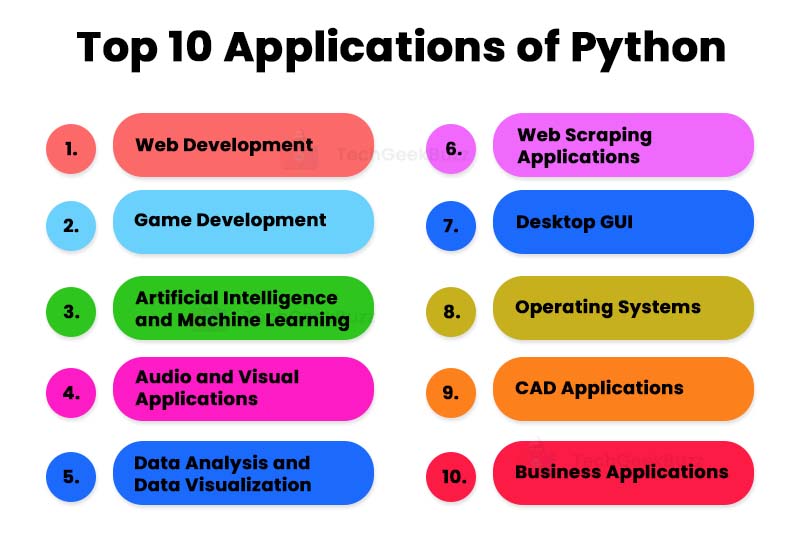
1. Web Development
Web development is one of the most popular applications of Python. With the availability of various Python frameworks, web development has become easier.
Some popular Python frameworks for web development include Django, Flask, Bottle, CherryPy , Turbogears, and web2py . These frameworks come with various libraries and modules that simplify web development tasks, including interfacing with the internet protocols like JSON, HTTP, XML, FTP, IMAP, etc., and database interaction.
Along with frameworks, Python has a plethora of built-in libraries and tools that facilitate web development. In addition, you will find various content management systems, like Django CMS and Plone, that make it convenient for website owners to publish content on the World Wide Web (WWW).
2. Game Development
With the gaming industry reaching new heights of success, many software development companies use Python for game development. As mentioned earlier, Python has many libraries that come in handy while developing video games. It is the foundation for many notable video games, including Bridge Commander, Pirates of the Caribbean, Disney's Toontown Online, and Battlefield 2.
The popular Python libraries, such as pygame, PySoy, panda3D, and Cocos2D have made game development more effortless. Moreover, game designers leverage Python to design tools that simplify various auctions, such as level design or dialog tree creation.
3. Artificial Intelligence and Machine Learning
Artificial Intelligence and machine learning are the two popular technologies today driving the world. One of the fascinating applications of Python is the development of AI and ML algorithms. These algorithms help computers learn from past experiences and generate accurate predictions.
A great collection of Python libraries facilitates the development of AI and ML algorithms and applications. Also, Python’s code readability feature makes it easier for developers to create complex algorithms. The following are the popular Python libraries and tools for AI and ML:
- SciPy for advanced computing
- Keras for machine learning
- TensorFlow for Machine Learning
- NumPy for performing mathematical operations on multidimensional data.
- Scikit-Learn for building machine learning algorithms and data modeling
4. Audio and Visual Applications
With Python’s built-in libraries and tools, it has become possible for developers to build various audio and visual applications. Python libraries such as OpenCV, SciPy, Mingus, Dejavu, and Pyo help develop audio and visual applications. Examples of audio and visual applications coded in Python include Netflix, Cplay, TimPlayer, YouTube, and Spotify.
5. Data Analysis and Data Visualization
Another prominent application of Python can be seen in data science, which involves data collection, cleaning, analysis, and visualization. It has become a go-to language for data science.
Since companies generate data in heaps daily, they analyze it to extract insightful information. Python provides a wide variety of data science libraries that facilitate data extraction and data analysis. Moreover, some libraries help fine-tune data models and data visualization. These libraries include the following:
- Pandas for data analysis, data manipulation, and data visualization.
- Matplotlib for data visualization includes endless charts, including histograms, pie charts, and bar graphs.
- Seaborn, based on Matplotlib, for data visualization.
6. Web Scraping Applications
Web scraping is a technique of automatically retrieving or extracting data from large websites. Data extracted from web scraping is utilized for various purposes, such as machine learning model development.
There is an array of Python-based web scraping tools out there that help you to scrape voluminous data from any web page or website. Some popular Python libraries and tools for web scraping include BeautifulSoup, Scrapy, Selenium, Panda, and LXML.
7. Desktop GUI
Building desktop applications is one of the most common applications of Python. Python has a set of libraries and toolkits to create a graphical user interface for desktop applications, including Tkinter, PyQt, WxPython, Kivy, and PyGUI. These libraries help developers to create a fully-functional GUI effortlessly and efficiently.
8. Operating Systems
One of the most astonishing applications of Python is operating system development. The development of many Linux distributions includes the use of Python. Fedora, a Linux-based Ubiquity Installer, and Anaconda installer of Red Hat Enterprise are coded in Python. In general, developers use Python with C to develop operating systems.
9. CAD Applications
CAD stands for Computer-Aided Design . It uses computers to aid in the creation, modification, or optimization of a design. Generally, CAD applications help users to create 2D and 3D models digitally. They boost the productivity of designers and significantly enhance the quality of designs.
Architects, product designers, and construction managers primarily use CAD applications to design products. Python plays a vital role in the development of CAD applications. Some popular CAD applications that embed Python programming are Blender, FreeCAD, and Open Cascade.
10. Business Applications
Business applications are pretty different from standard applications. The former requires high security and scalability and should meet an organization's needs. On the other hand, standard applications fulfill the needs of customers.
Since Python provides security, high performance, readability, and flexibility, it is widely used for developing business or enterprise-grade applications. Some popular business applications developed using Python are as follows:
- Odoo: Odoo is a suite of business management software tools that can manage all your business tasks, including accounting, warehouse, manufacturing, project management, and inventory management. Therefore, it is an all-in-one solution for automating all your business processes.
- Tryton: Tryton is also a business software that provides various features, like sales, accounting, purchasing, shipping, etc.
Conclusion
Python is a flexible, versatile, and beginner-friendly programming language that is becoming increasingly popular daily. You can use it to create multiple types of applications. Moreover, no matter what field you choose, whether AI, ML, data science, software development, etc., Python provides many libraries to facilitate the development process.
Checkout the best Python Tutors with Tutor Hunt .
We hope you found this article enlightening and helpful. Still, if you have any queries or suggestions, you can post them in the comments section below.
People are also reading:
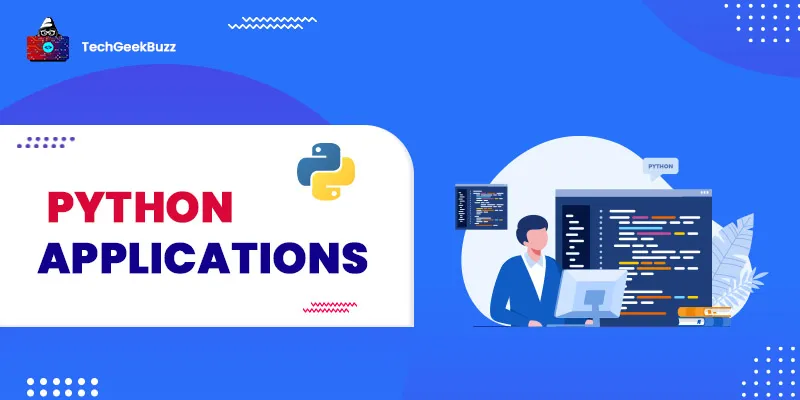

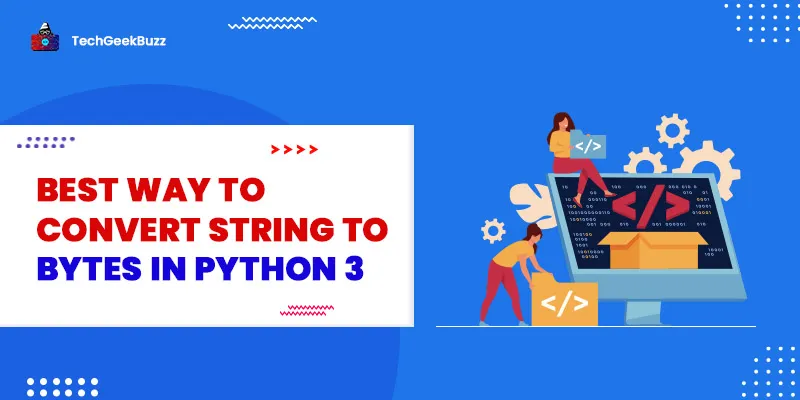
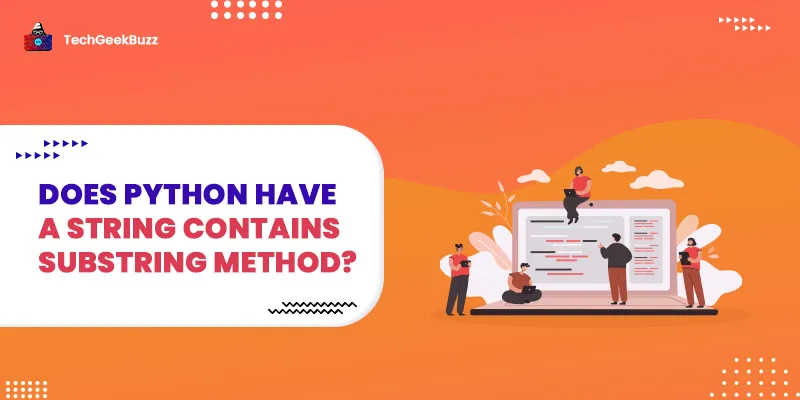
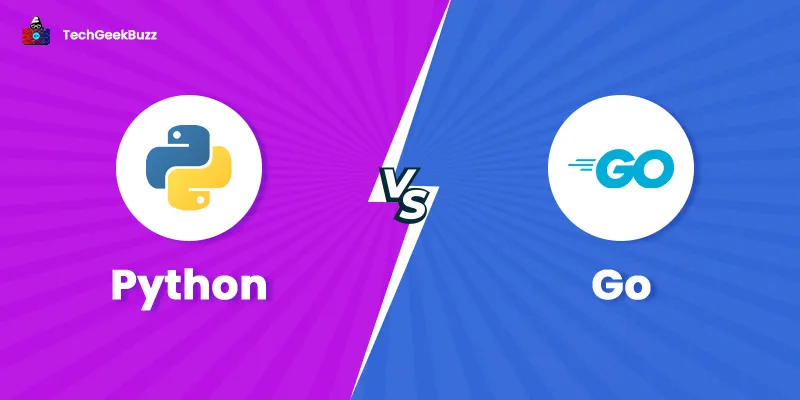
Leave a Comment on this Post